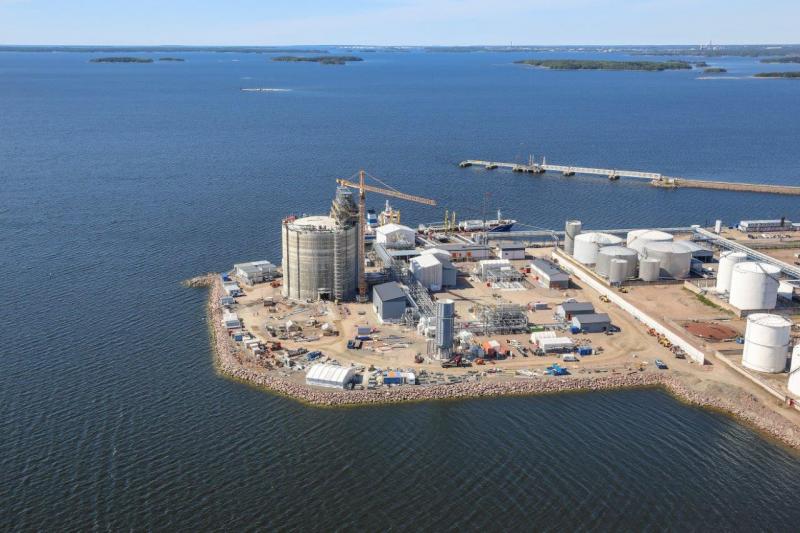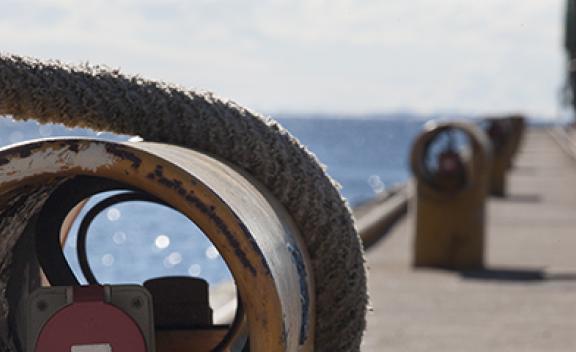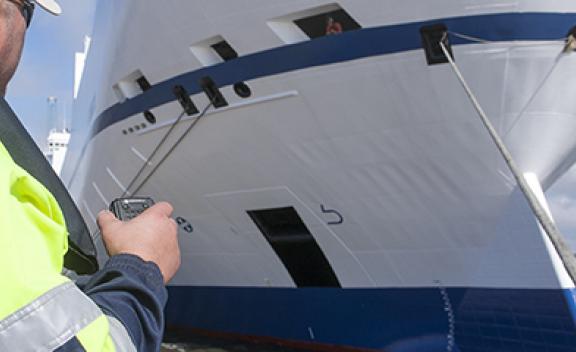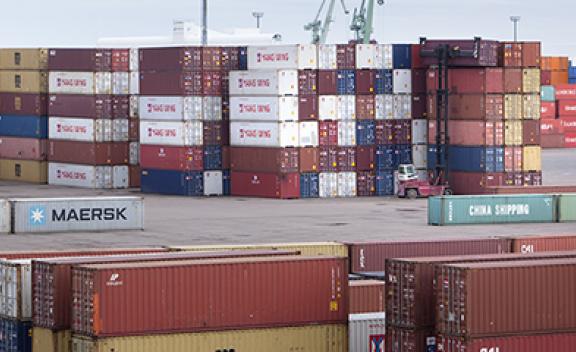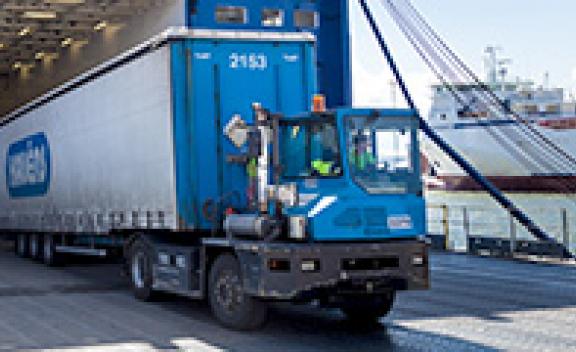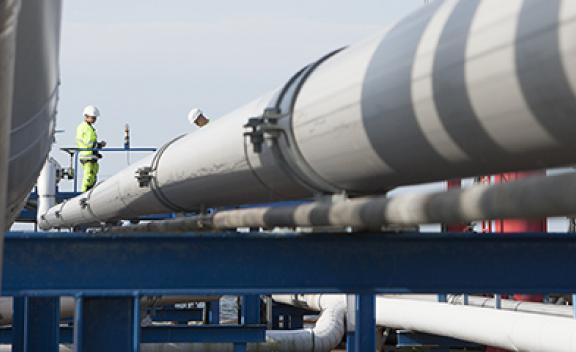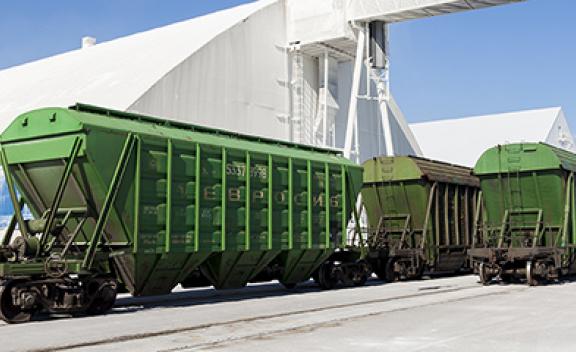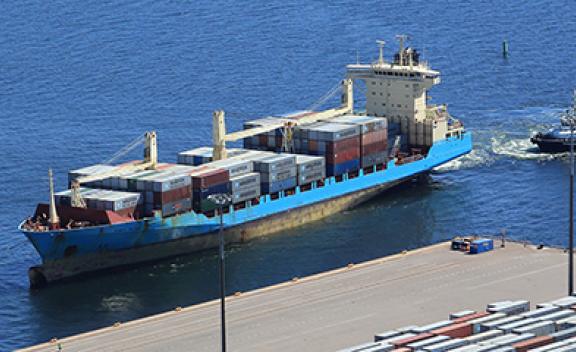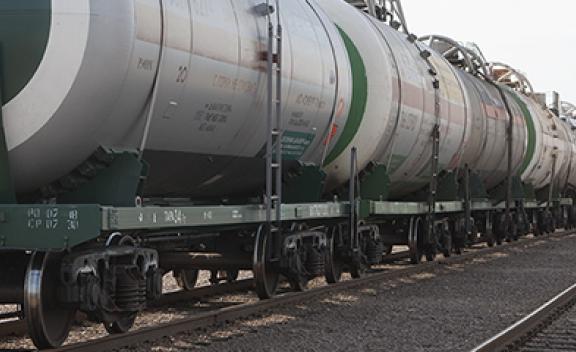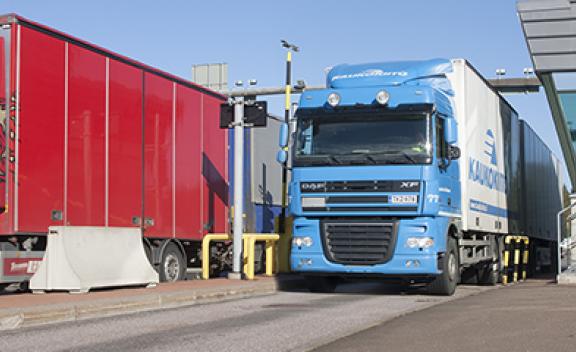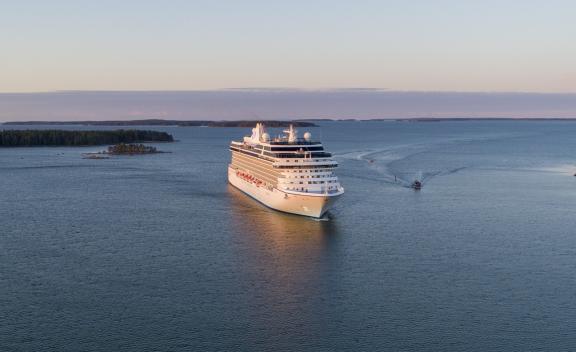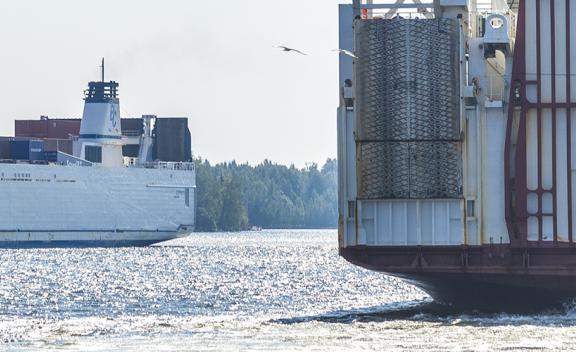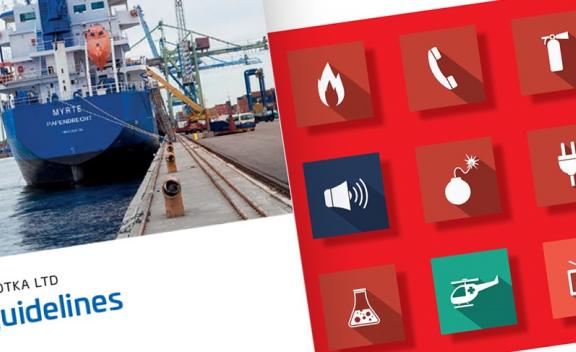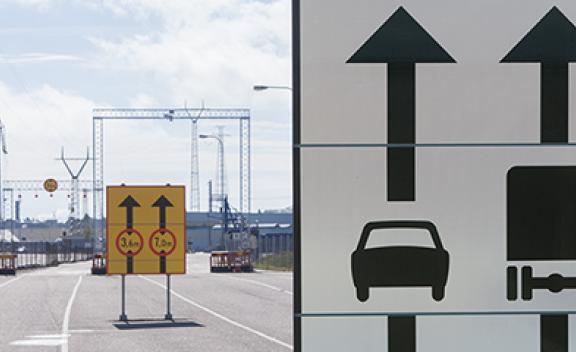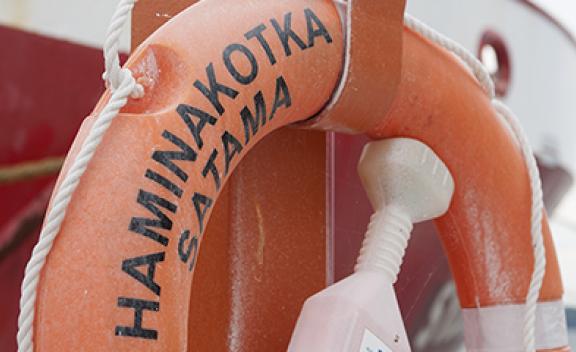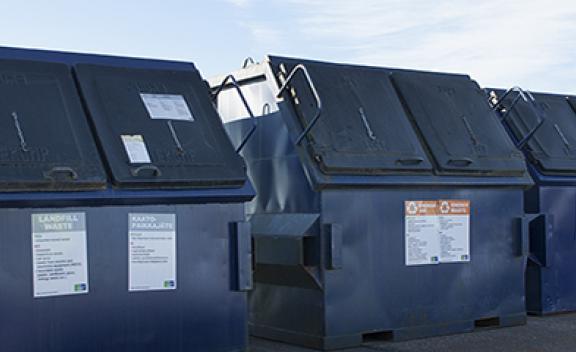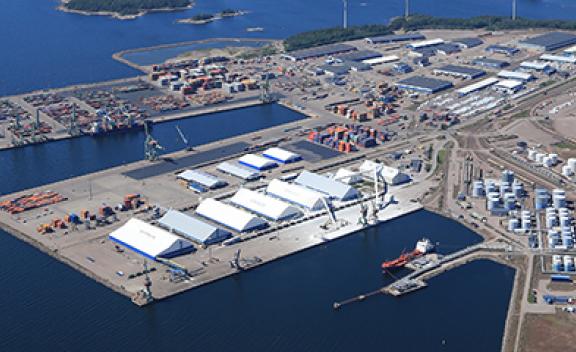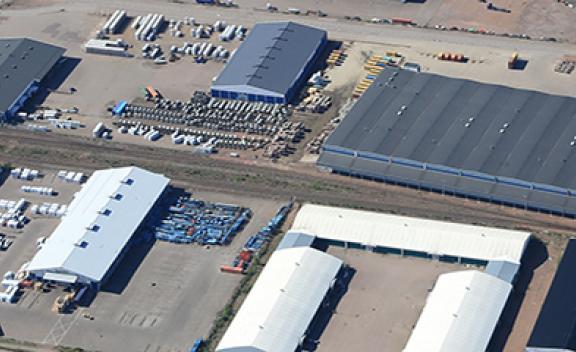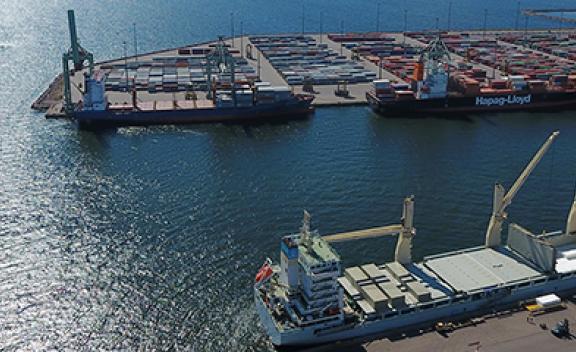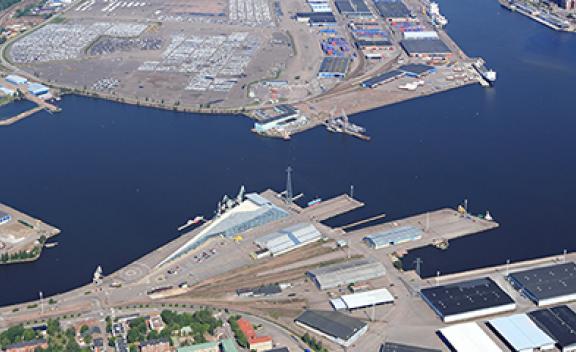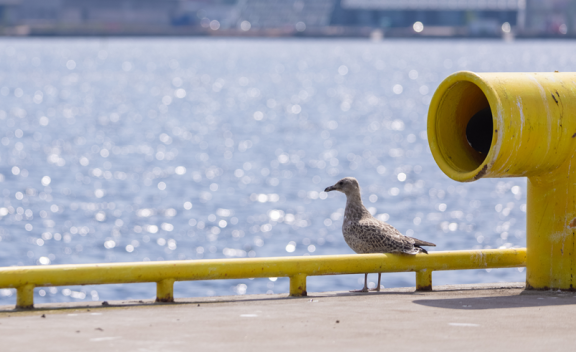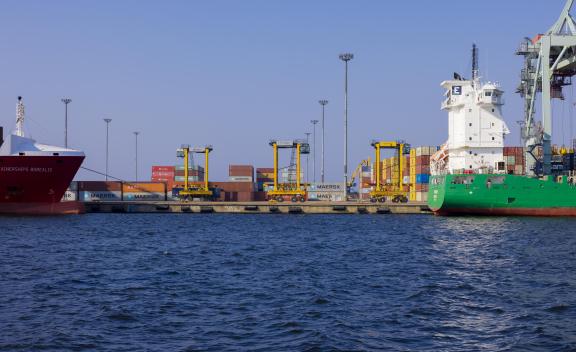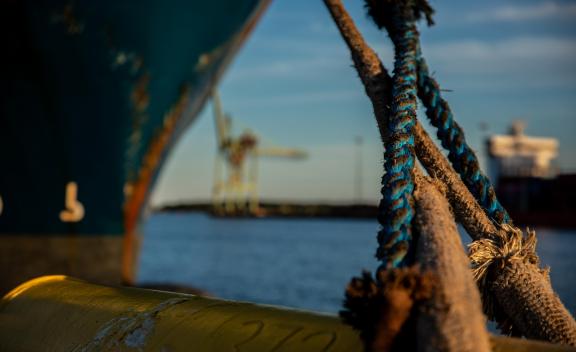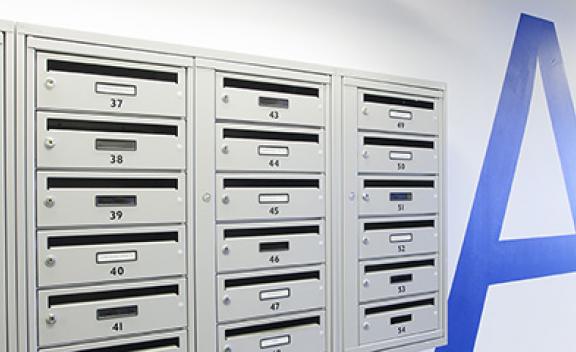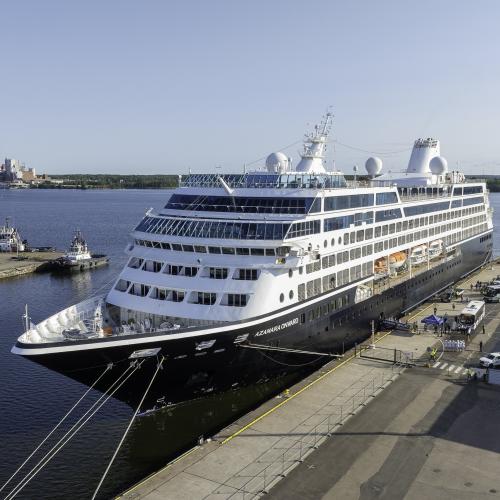The LNG terminal to be completed at the Hamina Harbour of Port of HaminaKotka is the third storage terminal for liquefied natural gas in Finland. The earlier terminals are located in Pori and Tornio. The Hamina terminal differs from the other Finnish LNG terminals not only in terms of its location but also as regards other operations. The operations of Hamina LNG are available to all, and the terminal will be connected to the natural gas transmission system in Finland and to the local natural gas distribution network in Hamina. As a result of the network connections, Hamina LNG also offers a new connection point to the gas systems in Finland and the Baltic countries. The commercial capacity reservations for the terminal services will be made in November and December this year, and the terminal will be opened for commercial operation in April 2021. The capacity of the storage tank to be completed now is 30,000 m3, and in the future, there are facilities for building a second storage tank of 20,000 m3.
The use of liquefied natural gas has increased in recent years in maritime transport in particular, because the increasingly tighter emission limits call for the use of more environmentally-friendly fuels in ships. The use of LNG does not produce any sulphur dioxide emissions, and it also fulfils the restrictions concerning the emissions of nitrogen oxides, particles and carbon dioxide.
Port of HaminaKotka Ltd has developed the functioning and transport safety of the Ö3 quay at the Hamina Harbour by building a pile mooring structure on the quay, enabling the reception of larger vessels than earlier for the needs of companies such as Hamina LNG Oy. The control room of the quay has been renewed and modernised for use by enterprises operating on the quay, and the commissioning of the control room will take place this year.
According to the plans of Hamina LNG Oy, approximately 20 ships per year will deliver natural gas to Hamina in the initial stages. A single ship carries approx. 5.000 to 25,000 cubic metres of LNG. The liquefied natural gas is discharged from the ship via pipelines into a tank, from where the gas continues its journey by road or in the gas network, or it is loaded further into ships to be transported elsewhere or used as fuel by ships. The goal of the European Union is that at the 139 foremost ports within the Union, bunkering services for ships fuelled by LNG would be available by 2025. As one of the key ports of the EU’s Trans-European Transport Network (TEN-T), the Port of HaminaKotka is satisfied that Hamina will have an opportunity conforming to the goals to provide vessels with LNG bunkering.
